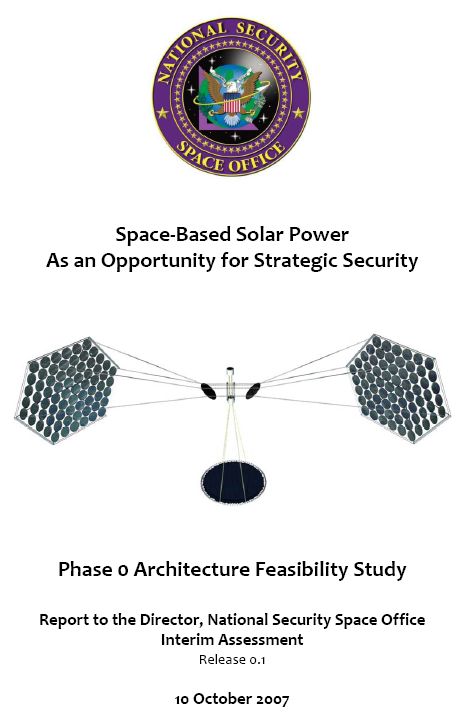Leader in the space based solar power (SBSP) effort and my inspiration as a citizen-advocate, Dr. Smith’s unfaltering enthusiasm for SBSP in this recent podcast interview continues to be inspiring as well as informative.
In 2007, As Chief, Future Concepts “Dreamworks” out of the National Security Space Office, Col. Smith was one of the team leaders that organized and lead a unique, voluntary group of 170 academic, scientific, technical, legal, and business experts from around the world to compile and publish the architecture study, Space‐Based Solar Power As an Opportunity for Strategic Security. It was this study that rekindled my fascination with SBSP and led me to become a self-appointed advocate of this game-changing technology.
In March 2007, the National Security Space Office’s Advanced Concepts Office presented the idea of space‐based solar power (SBSP) as a potential grand opportunity to address not only energy security, but environmental, economic, intellectual, and space security as well.
Space‐Based Solar Power
As an Opportunity for Strategic Security
Phase 0 Architecture Feasibility Study
Report to the Director, National Security Space Office
Interim Assessment
Release 0.1
10 October 2007



